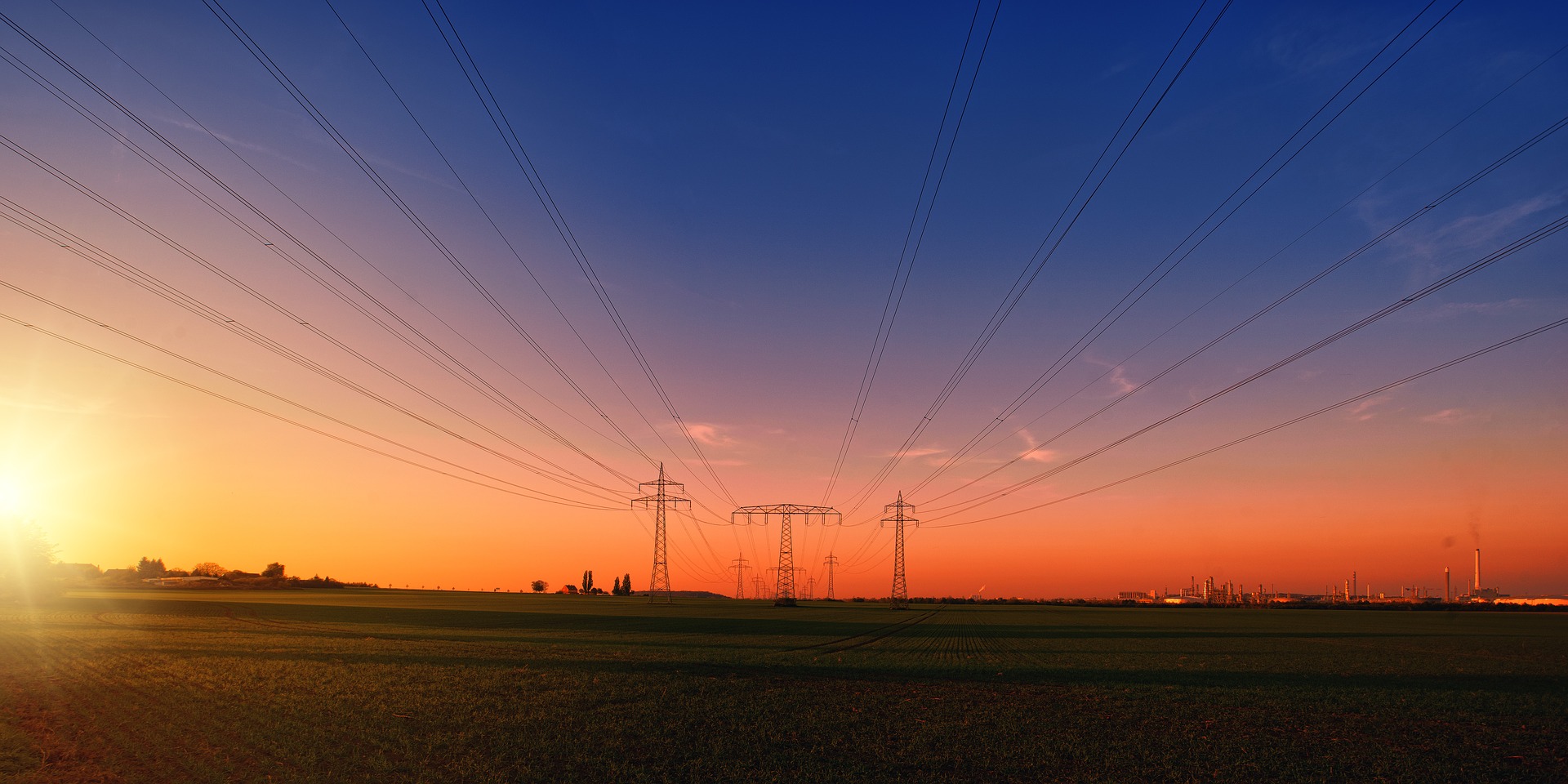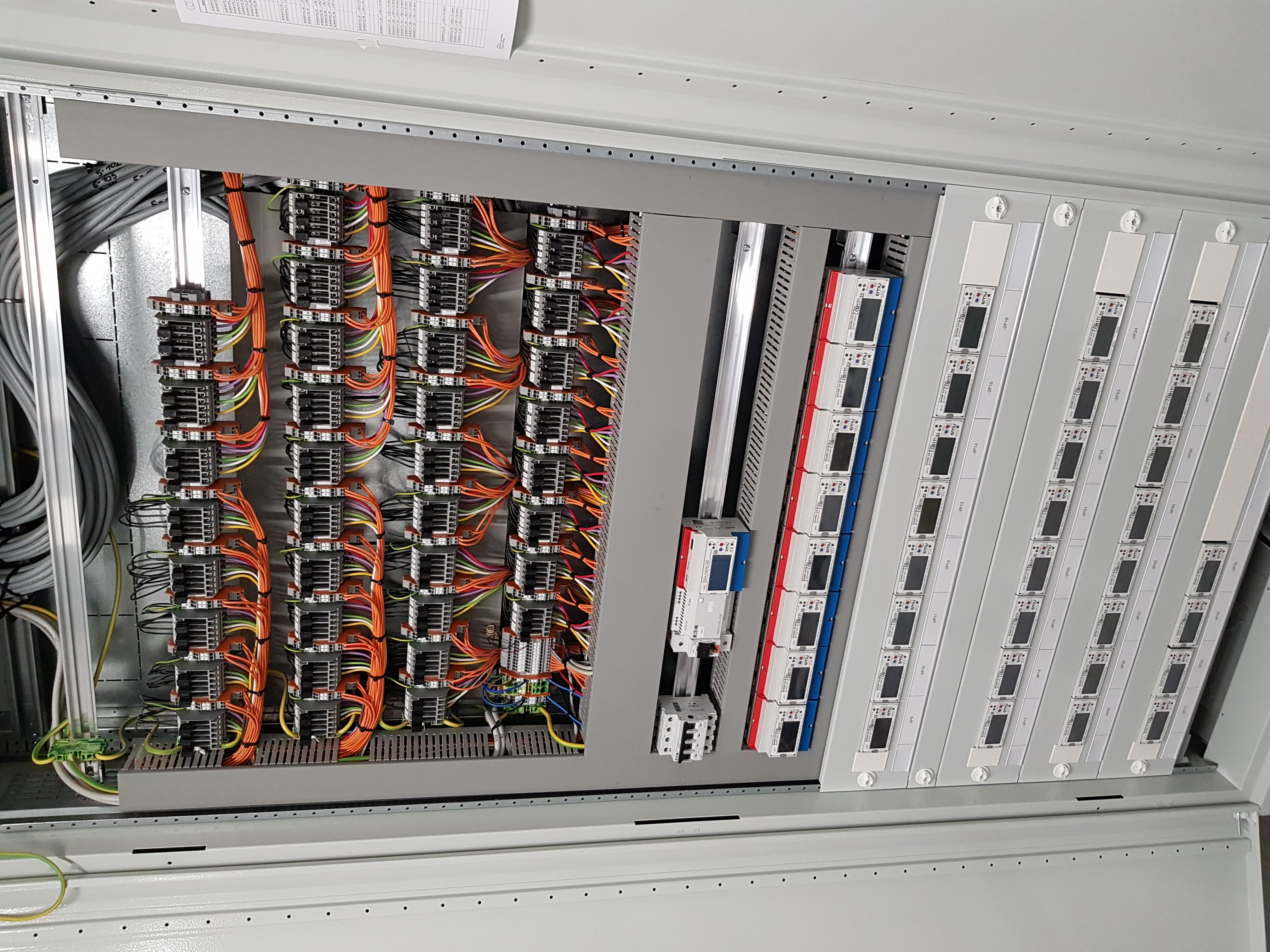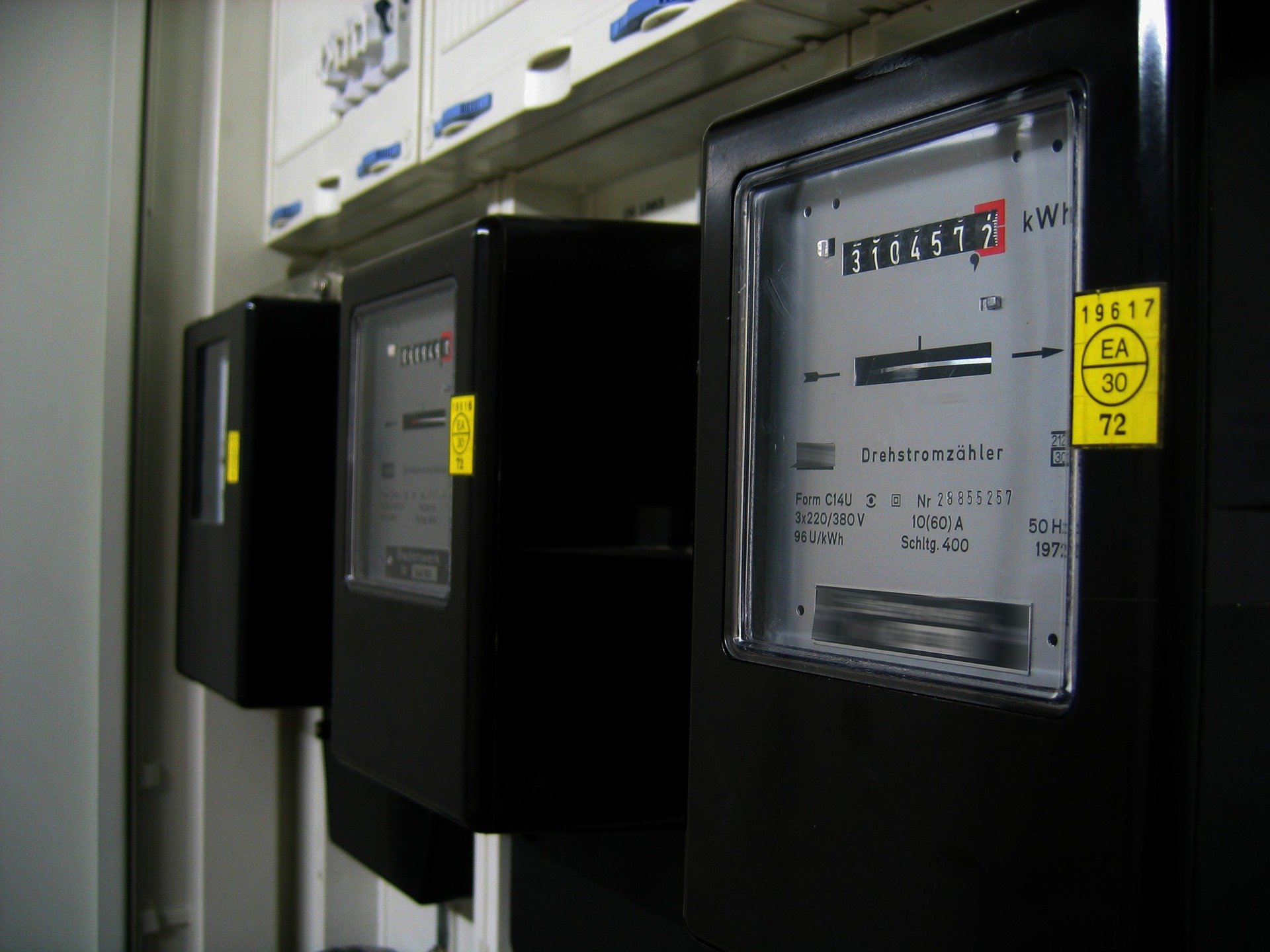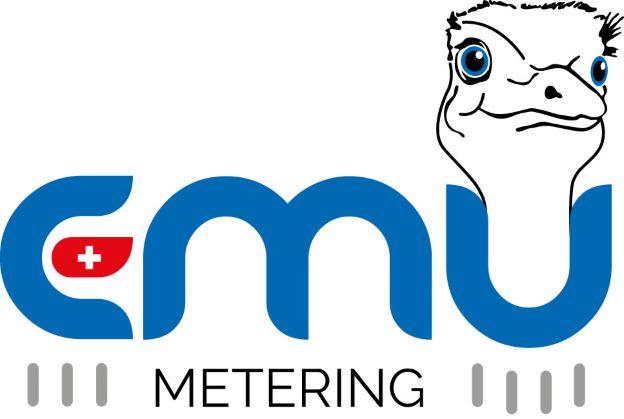Digital 3-phase electricity meter

Buy digital electricity meters from EMU: Energy efficiency rethought
Efficient energy generation also includes metering. Because every company and every private household needs as accurate an overview as possible of the costs incurred. The digital electricity meters, which EMU Metering developed more than 30 years ago, disclose the electricity consumption of every location of your company as well as your own or vacation home. Where can energy costs be optimized and at best reduced? With a meter from EMU you bring about the energy turnaround for your company or private household. We explain the most important details about digital electricity meters and cross-site energy management.
The most important facts about power meters in brief
- We differentiate between 1-phase single-phase power meters, 3-phase power meters for direct connection and 3-phase power meter meters for indirect measurement using a current transformer.
- There are different interfaces for meter reading for remote reading: M-Bus (2-wire connection) and the TCP/IP connection via the LAN network or the so-called LoRa interface and RS485.
- You can easily configure your digital electricity meter with the help of buttons. For example, in the case of indirect power meters, the current transformer ratio in EMU power meters can be configured several times.
- The modern meters from EMU are multi-tariff capable. The EMU Allrounder has the option of switching between day and night tariffs. This is thanks to a 230 volt tariff circuit. The Power meter EMU Professional II supports up to 4 tariffs.
Power meter remote reading
In order for you to have an overview of your electricity consumption at all times, the metering must be transparent. The more traceable the consumption is, the more potential you have for savings.
Thanks to the different readout interfaces of the energy meters, measured values can be transmitted within seconds: we will show you the advantages of M-Bus and LoRa interfaces.
Remote reading of an electricity meter via M-Bus interface
This readout interface scores particularly well with the simplicity of its wiring - and makes it interesting for data acquisition in residential buildings and energy management according to ISO 50001 in companies. M-Bus interfaces are available in
- electricity meters
- water meters
- BTU / heat / cooling meters and
- Gas meters.
Up to 250 electricity meters with an M-Bus interface can be connected to a data logger like the EMU M-Bus Center connected and read out every quarter of an hour.

Radio reading using a LoRa electricity meter
Electricity meters equipped with LoRa interface enable the transmission of data such as power consumption or similar , over long distances. In the field of energy data acquisition, LoRa-capable energy meters are suitable if the measuring point is far away or the meter cannot be wired via M-Bus or TCP/IP.
EMU is proving to be a pioneer in this area: EMU Company developed the world's first digital electricity meter with LoRa interface.
System solution consisting of energy meter and M-Bus data logger in Austria
Digital electricity meters: A small digression into the world of modern measuring devices
When reading consumer data, you can read two current intensities on the dial of the electricity meter: the nominal current and the limit current.
The nominal current provides information about the internal measuring system and influences the approval and starting current of the meter.
The term limit current refers to the highest current at which the digital electricity meter meets the accuracy requirements of the European standard EN 50470-1. If the value of the limit current is exceeded, a measurement error occurs. The higher the exceeding of the limit current value, the greater the erroneous measurement. The electricity meters are designed for a continuous load at limit current.
The third important value is the so-called starting current. It flows immediately after an electrical consumer is switched on and provides information about how much energy can be drawn before the actual measurement begins. By means of a soft starter or inrush current limiter, the starting current, which is also referred to as inrush current, can be limited or avoided altogether.
In addition, there are 3 so-called accuracy classes for digital meters. These are classified according to MID and describe the maximum permissible deviations:
- Accuracy class A: maximum +/-2% deviation up or down
- Accuracy class B: maximum +/-1% deviation up or down
- Accuracy class C: maximum +/-0.5% deviation up or down
Smart meter equal to digital electricity meter?

No, there are significant differences between the energy meters. The modern electricity meter determines the consumption using digital technology and shows this on a display in digits. Unlike analogue or Ferraris devices, modern meters also store daily consumption values. This gives electricity customers a better overview of their daily, weekly or monthly consumption. The annual consumption must still be read on a specific date and communicated to the network operator.
An intelligent measuring system or smart meter combines the digital electricity meter and a communication module. The module – also referred to as a Smart Meter Gateway – transmits consumer data to the metering point operator in real time. Here, the power consumption no longer has to be read annually. In addition, the communication module enables the digital meter to be connected to the electricity supplier's website. In this way, you can comprehensively analyze and evaluate your consumption. Intelligent metering systems can also be connected to a smart home network. Depending on the current consumption, intelligent devices can then be switched on or off via the app.
Analoge Energiezähler © Pixabay.com
Advantages of digital power meters
Digital electricity meters convince above all with this advantage: Different measured values and calculation bases are available quickly and at any time. In addition to the meter reading in kilowatt hours (kWh), the meters transmit current, power, power factor and voltage values via a remote readout interface. Thanks to the - in some models - integrated meter reading memory, in Additional measurements were taken at 15-minute intervals. In this way, measurement data is not lost and is saved directly in the digital electricity meter.
Installation and commissioning of your digital electricity meter
How are modern energy meters installed correctly?
The digital electricity meters from EMU can be installed in any position. They are designed for installation with a DIN rail according to DIN EN 50022.
Important information: Only have the modern meter installed by a qualified electrician. Do not operate current transformers openly - high voltages can occur which are equally dangerous for people and objects. When assembling, installing or changing the meter, all conductors to which the digital electricity meter is connected must be voltage-free. There is a risk of death when touching live parts!
Always follow the installation instructions, otherwise there is a risk of damage to the measuring devices and accessories.
How are the meters put into operation?
Depending on the model of your digital electricity meter, you must check the most important parameters when you switch it on for the first time:
- Are the respective phase currents flowing in the positive direction? If not, this is indicated by a negative sign. Then you should swap the wiring for the input and output.
- Is the correct phase voltage connected to the converter meter? If so, this is confirmed on the display by L123.
- Are the address and baud rate (symbol rate) correct for remote meter reading? The address of the M-Bus interface corresponds to the serial number. EMU electricity meters are factory set to 2,400 baud.
MID-calibrated, digital electricity meters for easier billing
The 1-phase and 3-phase energy meters from EMU are tested and approved according to Modules B and D of the Measuring Instrument Directive (MID). Due to the additional certification according to module D (quality management system for production and final testing), all energy meters from EMU can be used ex works for all billing purposes within the EU. Both EMU Electronic AG (manufacturer) and EMU Metering GmbH (distributor) are ISO 9001 certified.
In Germany, the calibration validity of a digital electricity meter is 8 years. The device must then either be recalibrated or replaced.
Digital power meters - EMU Metering GmbH will help you
If you choose a modern meter from EMU, you are getting a professional measuring and evaluation system in-house. In production, we rely on new manufacturing techniques and competent suppliers. Whether digital power meter or smart meter: All devices are subject to strict test procedures and accuracy measurements.
The contact persons at EMU will help you at any time, from brand new products to current trends and sophisticated projects. Not only from us, but with us you get the tool to get the most out of your electricity.
If required, EMU also offers training courses. Within one day we will impart our knowledge of measurement technology and evaluation systems to you. You will receive comprehensive background knowledge about the structure and functionality of digital electricity meters. In addition, practical examples are discussed.
From small to large projects, we configure all products according to your requirements. M-Bus addressing, IP addresses or current transformer ratios? EMU won't leave you out in the rain. We look forward to hearing from you.
System solution for remote reading of power meters and web-based Energy Managment according to ISO 50001
Especially large companies that have numerous locations often use a variety of different energy sources as well as a wide range of measuring devices, networks and data sources. The data from all these sources must be processed centrally - a highly flexible and powerful platform is needed.

